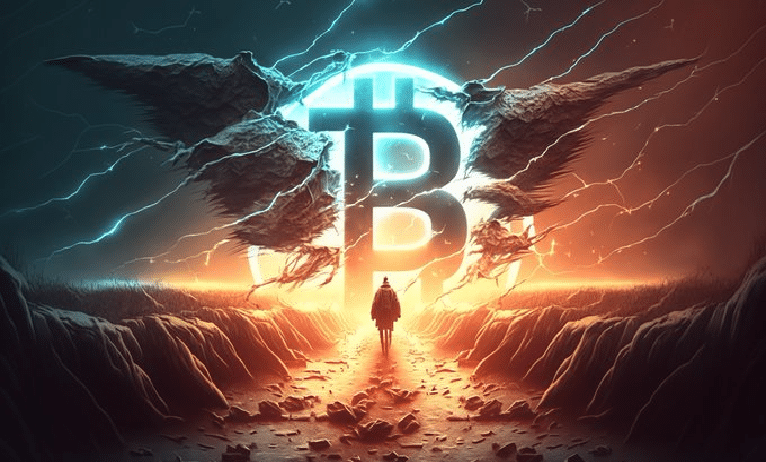Innovation is key to success in the cryptocurrency space, and Bitcoin Spark, a new project in the digital currency arena, is making waves with its unique approach and top-range features. As the crypto market becomes increasingly crowded, standing out from the competition is no easy feat without radical solutions. Bitcoin Spark takes charge as a blockchain frontrunner in the race for dominance, leaving established names like Binance Coin (BNB) and Polygon (MATIC) in its wake. Let’s explore why Bitcoin Spark emerges as the future of cryptocurrency, outshining its counterparts while appreciating its innovative technology, forward-thinking approach, and distinctive advantages.
Bitcoin Spark (BTCS)
BTCS, running a Proof-of-Process (PoP) mechanism, aims to provide a secure and efficient platform for users to engage in digital transactions, including payments and smart contracts. It’s designed to address some of the limitations and challenges other projects face, particularly regarding scalability, energy consumption, and ease of use.
Pop amalgamates the best of PoW and PoS to reward users for providing processing power to the network. It’s designed to be energy-efficient and secure while allowing several miners to actively participate in securing the network, regardless of their computation power.
In addition, BTCS deploys an application that will serve as a wallet and a platform empowering users to rent computational power, creating a decentralized marketplace for device resources.
Advertisement
Mining is through the CPU or GPU of users’ devices operating virtually, distributing mining rewards fairly and preventing centralization of mining power, as often seen in cryptocurrencies like Bitcoin.
BTCS is amidst an exciting ICO, currently in phase four at $2.25 and offering a 10% bonus. As ICO progresses, BTCS has reinforced its commitment to transparency and security through smart contracts audit and KYC certification.
What is BNB?
Binance Coin (BNB), the native cryptocurrency of the Binance exchange, powers the largest and most popular crypto exchanges worldwide. BNB, initially serving as an Ethereum-based token during Binance’s ICO, later migrated to Binance Chain as a part of its mainnet launch in 2019. BNB is versatile and multi-function, serving various purposes within the Binance ecosystem. Binance users can pay discounted trading fees on the platform as an incentive to use BNB for transactions.
BNB has thrived due to its utility within the Binance ecosystem, riding on the exchange’s broad user base and strategic initiatives.
Will Polygon MATIC go to $10?
Polygon is a Layer 2 scaling solution for the Ethereum blockchain, designed to enhance its performance by increasing speed and reducing transaction costs. Like other Layer 2 solutions, its success depends on adopting decentralized applications and dApps that utilize Ethereum. The more dApps are built and used, the more transactions Ethereum and Polygon must process. Ideally, Polygon could achieve the $10 price if it achieves regulatory clarity and receives widespread adoption.
Advertisement
However, challenges could hinder Polygon’s growth, including prolonged regulatory uncertainty, competition from other smart contract platforms, and potential rivals in the Layer 2 space. Polygon’s MATIC coin remains uncertain, and its price will depend on market dynamics, regulatory developments, and competition within the blockchain space.








